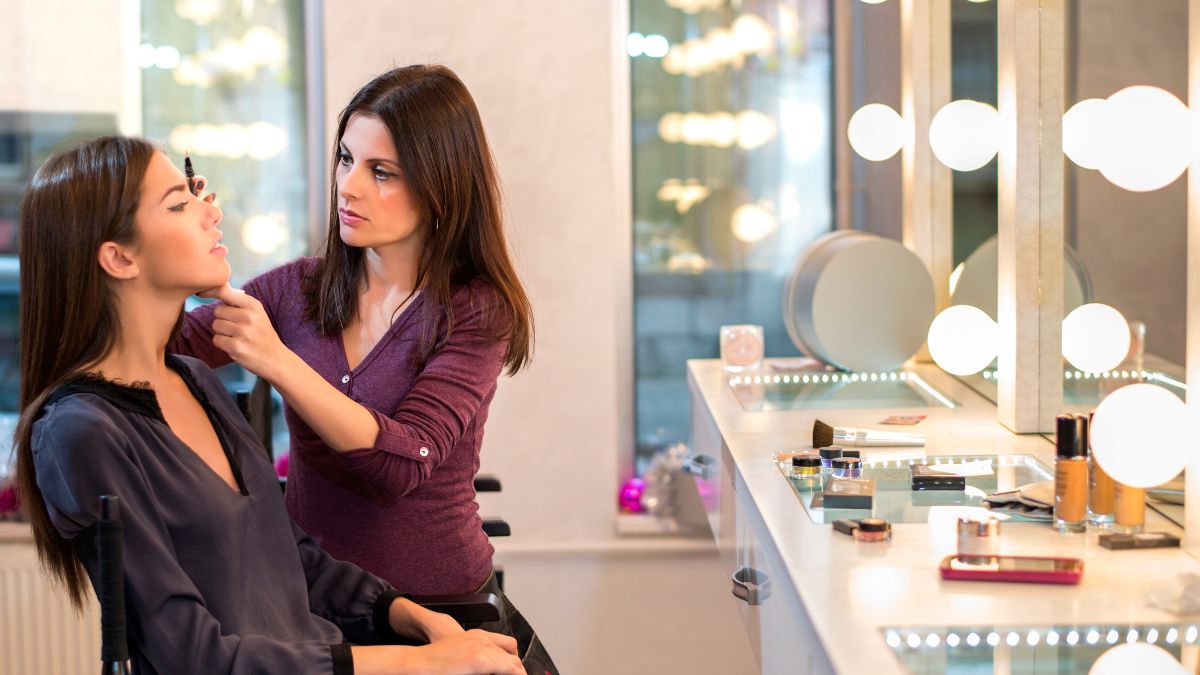

Do you believe that being tan makes you feel and look better, making you appear healthier, younger, thinner, and more attractive?
If so, then do you often hit the beach, or perhaps, visit a tanning salon to achieve the sun-kissed look you have been dying for?
In case you answered yes, then there’s actually a big possibility that you’re literally putting your life on the line for the sake of becoming tan.
What Skin Experts say?
According to the International Journal of Women’s Dermatology, there are 2 to 3 million new cases of non-melanoma skin cancer each year, and among the women, ages 45 below are the most affected. In addition, the fastest-growing demographic for getting melanoma skin cancer are young women.
What is the main Cause of Skin Cancer?
Skin cancer, according to the American Academy of Dermatology, is the leading cause of cancer deaths among women who are between the ages of 24 to 29. Now, what does this have to do with you? Well, the main reason for skin cancer is exposure to damaging UV rays, which you get from exposing yourself to sunlight and indoor tanning.
Tanning and Skin Cancer: What’s the Deal?
Did you know that achieving a “tanned look” may be doing you more harm than good? In the United States, more people are diagnosed with skin cancer each year than other types of cancer, and 419,000 of those cases are linked to indoor tanning.
New research shows that before turning 30, women who tan indoors are six times more prone to develop melanoma, the most serious form of skin cancer, than young women who do not. Another study shows that out of the 63 women who are under 30 and diagnosed with melanoma, 61 of them had used a tanning bed.
Another reason you should reconsider visiting the tanning salon is the fact that the International Agency for Research on Cancer had already included UV tanning devices to the determined list of factors that cause cancer in humans.
Now, you might be thinking about getting tanned the “natural” way by lying on the sand and letting the sun do its work. Unfortunately, you can still get skin cancer this way. In fact, the majority of melanoma cases are caused by the sun. One study in the United Kingdom proved that nearly 86% of melanomas are attributed to exposure to UV radiation from the sun.
How to Prevent Skin Cancer?
One clear way to prevent skin cancer is by avoiding tanning salons and tanning beds altogether. With regards to the sun, well, we can’t really say the same. It’s only natural that younger women are more likely to go out in the sun and enjoy it. Never feeling the warmth of the sun is not an option in skin cancer prevention nor is it never going to the beach. But, there are some ways you can still protect yourself and keep UV rays at bay:
- Since many skin cancers are caused by sun exposure, it is important to apply and reapply sunscreen with SPF 15 or higher whenever you are out. This reduces your risk of developing melanoma by as much as 50%.
- Use protective clothing like a long-sleeved shirt and pants, hats, and sunglasses. You can also consider using an umbrella when going outside.
- Avoid the sun during its peak hours, which is from 9 in the morning to 3 in the afternoon.
- Schedule regular skin checkups and monitor your full-body, especially on the parts where the sun hits you, such as the face, hands, and shoulders.
How to Spot Melanoma?
Melanoma is very deadly skin cancer, and statistics show that one person dies of such condition every hour. But if detected early, it can be treated with relatively minor surgical procedures.
In the U.S, the survival rate for patients diagnosed with melanoma is about 99%.
So, aside from depending on a professional dermatologist for your regular skin check-ups, it is also important to examine your body and track the status of all your moles and skin spots, particularly the new ones.
In most cases, melanoma shows one or more of these symptoms or signs:
- Asymmetry – Your mole is not symmetrical or not evenly shaped.
- Border Irregularity– The mole or skin spot is somewhat blurry or has jagged edges
- Color – It has an uneven color or the colors are changing
- Diameter – The spot has a larger diameter than a pencil eraser which is about 6 mm or ¼ inch
- Evolving – the spot keeps changing over time
If you do see these signs, consult a doctor. You may or may not be advised of having a mole removal. If it’s a simple, non-cancerous type of mole, and you still wish to have it removed, prepare around $125 to $375 for the mole removal surgery. However, for more complicated cases, the prices may go up as high as $1,500.
Just remember, the best way to reduce the risk of skin cancer is by monitoring your own skin. And as Dr. Phillip Artemi, from the Australian College of Dermatologists, say: “If in doubt, check it out.”















